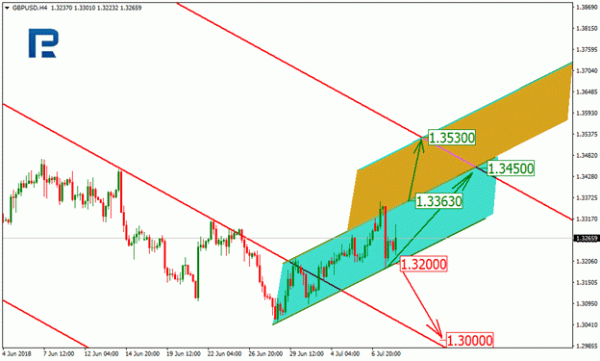The British Pound has been under significant pressure for the last few days after the Brexit complications escalated once again. This time, the key lies in the British ministers.
David Davis, the British Secretary of State for Exiting the European Union, resigned from his position because he was extremely against the exiting strategy promoted and supported by the Prime Minister Theresa May. Davis made a stand against keeping close trade and economic relations with the European Union. This issue, which is very important for the UK, is some kind of a “cornerstone” in the Brexit talks and the European Union knows how to use and take advantage of it when politicians start discussing financial compensations and legal boundaries.
Apart from this, Davis was disappointed by the fact that May and her supporters approved the strategy of UK’s behavior after the Brexit without his participation. Theresa May counts on the “soft” Brexit, which may cost more money, but implies keeping business relations intact, which is really necessary for the British companies and enterprises.
Davis was replaced by Dominic Raab, a member of Britain’s Parliament. Raab is no stranger to the Brexit procedure: in the past, he worked both with Davis and Dominic Grieve, who had always been in favor of keeping the United Kingdom in the European Union. As a result, May’s new “top lieutenant” studied a case from the ground up.
The British Pound hasn’t been able to recover yet despite quite neutral fundamental background and the weakness of the American currency. Later in the afternoon, there will be many numbers from the United Kingdom, such as the Manufacturing Production and the GDP. In this light, the Pound may find some reasons for more active movements, especially if the published reports provide support.
The current technical picture of GBPUSD may be considered as a correctional uptrend. After breaking the resistance line of the descending channel, the price has started moving towards the resistance line of the projected channel. The target area may be between 1.3450 and 1.3530. Still, reaching one of the targets will depend on the short-term dynamics and the movement structure. If the pair keeps the current pace, the target will be at 1.3450. However, in case the instrument speeds up and breaks the local resistance level at 1.3363, it may grow and reach 1.3530. Another scenario implies that the pair may start a new downtrend after breaking the support level at 1.3200. In this case, the main short-term target will be the psychologically-crucial support level at 1.3000.













